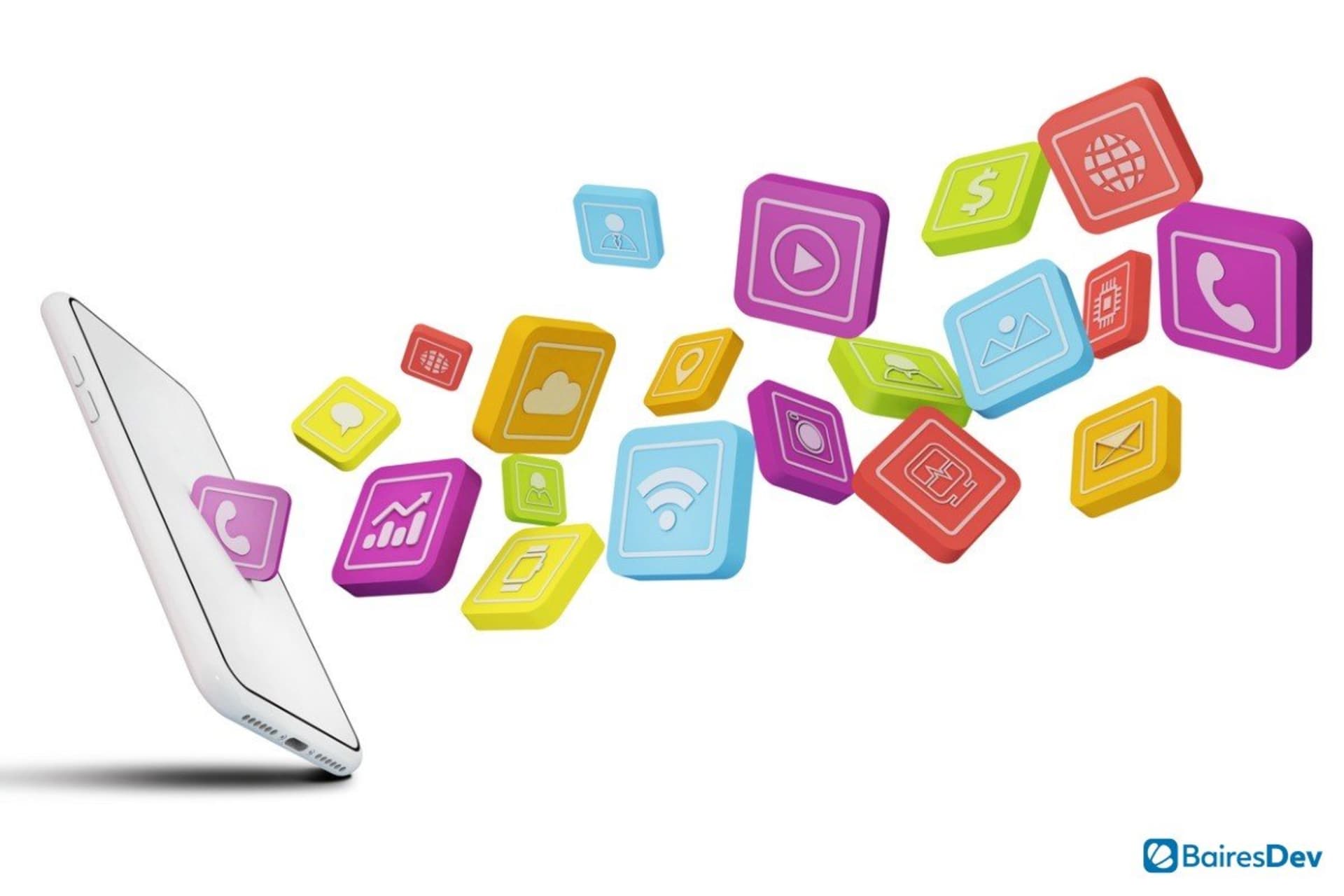The virtual reality (VR) market is booming. Statista projects that it will grow from less than 5 billion USD in 2021 to more than 12 billion USD in 2024.
While training with VR has been around for years — practically since the technology became a fixture across industries — markets and industries around the world are now finding new uses and expanding adoptions to tap into its enormous potential.
What Is Virtual Reality Training?
VR digitally generates an environment or circumstance to enable the user to “experience” something that isn’t real — it’s completely fabricated by technology. Still, the user becomes completely immersed in this virtual environment or circumstance. This differs from augmented reality (AR), which overlays computer-generated components and pieces on top of a real environment. VR, meanwhile, doesn’t use the real world at all.
Virtual reality training, as you might guess, applies VR to a variety of training scenarios. Essentially, it allows people to experience lifelike, realistic situations without having to actually be physically present for them. Trainers use equipment like headsets and handheld devices to interact with these simulated environments.
Although VR may sound expensive, it’s often far less costly than placing trainees in real environments. Moreover, users can learn the ins and outs of the field without facing complications and dangers before they are prepared. Other benefits of VR training include instilling greater confidence in trainees and allowing them to develop the necessary skills for the job.
Examples of Real-World VR Training
Soft Skills
People often associate VR training with acquiring hard skills. But it can also be used to create a foundation for developing soft skills. A PwC study set out to evaluate the efficacy of VR training on qualities like leadership, critical thinking, collaboration, connection-building, confidence, inclusivity, and resilience. It found that VR training allowed leaders to effectively build these skills quickly and cost-effectively.
Key findings from the study include:
• Employees who participate in VR courses can be trained 4 times faster.
• Students are up to 275% more confident in their abilities post-training.
• Users feel 3.75 times more “emotionally connected” to the content than those who learn in the classroom.
When you think about it, it makes sense: learners are able to adapt to scenarios before facing the pressure of heightened situations, thus building their confidence. Plus, they’re receiving real-time feedback, showing them what they need to do differently in a concrete way. But the environment is realistic enough for people to feel connected to the experience.
Customer Service
Customer service is a natural application for VR training. That’s why companies like Verizon have embraced it as an effective means of preparing sales associates and representatives. Thus, VR teaches employees how to deal with customers in a wide range of scenarios, such that they’re equipped to face even the most difficult consumer.
By engaging with “customers” in a virtual environment, sales professionals are better equipped to respond to the needs of people while practicing an empathetic approach and delivery and keeping their cool.
Customer service representatives can essentially rehearse their approaches in simulated environments, allowing them to process their emotions so that their real-time, real-life responses become routine and less heated.
Healthcare
The COVID-19 pandemic saw a tremendous change in the way people work across industries. Because of the new phenomenon of social distancing, many professionals sought out new ways of doing their work remotely. But this was relatively impossible for frontline healthcare workers.
Thanks to the magic of tools like VR training, in some cases, medical professionals could take a hands-off approach while simultaneously learning how to work with patients and individuals in critical scenarios.
For example, the UK-based company Virti worked closely with the National Health Service (NHS) during the pandemic to equip people with the skills to weather this period, train healthcare workers to use PPE, use ventilators, find their way through intensive care units, and much more. That way, frontline workers were better prepared to deal with the complexities of unfamiliar procedures before having to confront real danger.
Of course, VR training has implications across the healthcare field beyond coping with COVID-19. It has already been used to prepare medical students to perform procedures without the added expense of obtaining cadavers. Plus, it can help practitioners keep their skills sharp in lower-stakes contexts.
Military
The military is a field where VR can really flourish. All branches use the technology for a wide range of scenarios for safer, realistic training purposes. Just some of the many simulation applications include:
• Battlefield
• Boot camp
• Combat
• Flight
• Medic training
• Parachuting
• Vehicle use
• Various other exercises
Using VR augments real-life training, making it less dangerous and costly. It’s important to note that VR training doesn’t replace actual training but rather supplements it.
Another application of VR training is that of post-traumatic stress disorder (PTSD) treatment. This condition negatively affects military personnel and their loved ones, such that they have trouble adjusting to civilian life. But in a safe, non-threatening environment, veterans can face their triggers virtually and become conditioned to cope with them.
Essentially, repeated exposure trains them to respond in a healthier way. Rather than having to relive events through visualizations in their minds, a VR environment can simulate the traumatic event and their environment, allowing them to more easily confront their traumas.
VR has enormous applications across a multitude of industries. Although training is just one segment of its many purposes and implications, it’s a huge one — something that can positively affect fields like customer service, healthcare, military, and far more. It’s a less cost-effective, safer, more streamlined way of cultivating talents and preparing employees for a range of scenarios — and it could be a game-changer.







